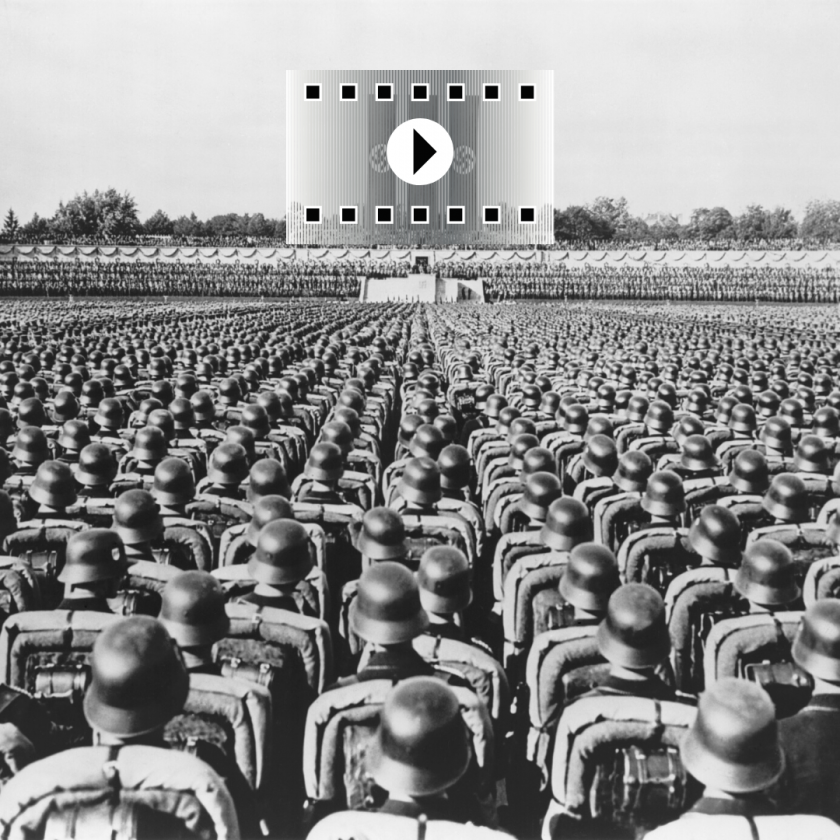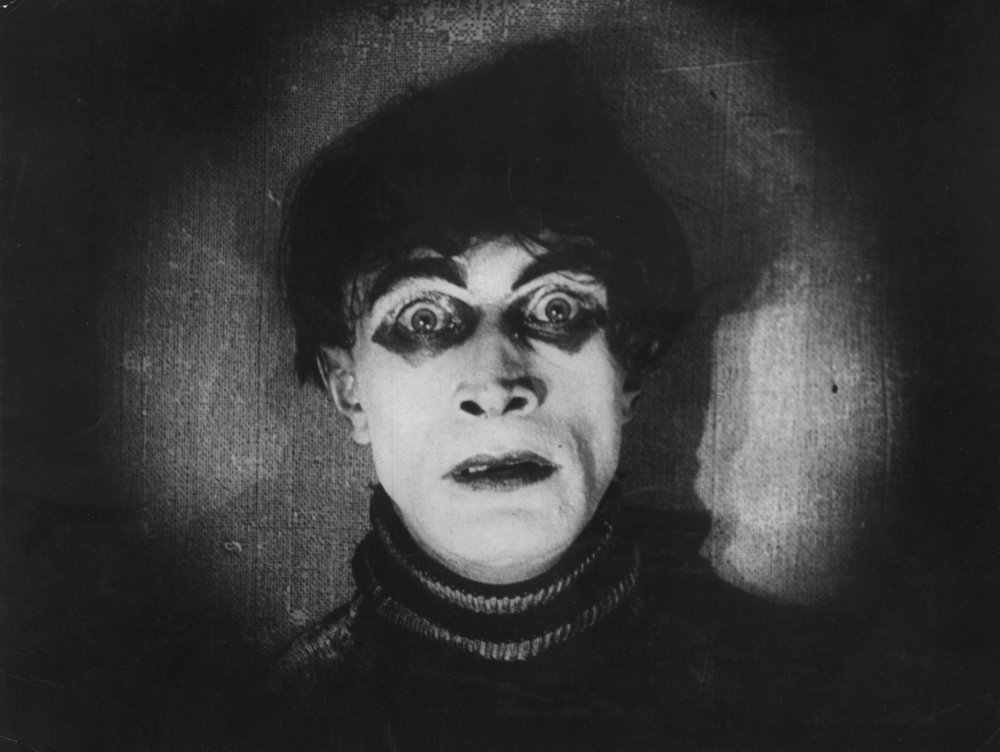The Nazis ran the worst dictatorship in history that plunged Europe into a devastating war and murdered millions in concentration camps. So, how has the movie industry depicted the horror of Adolf Hitler. Well, let’s take a look:
Gritty realism: “Downfall” (2004)
A brilliant German movie about Hitler’s final days in Berlin as the Soviet Red Army and Allied forces closed in on the city, leaving it a smouldering ruin.
An incredibly atmospheric film that captures the claustrophobic atmosphere in the bunker where Hitler and the Nazis were holed up. Bit by bit we see the Third Reich crumbling leading to the Fuhrer’s suicide.
Tense thriller: “Valkyrie” (2008)
In July, 1944, a group of German military officers tried to blow Adolf Hitler and the Nazi high command up as they met at the so-called Wolf’s Lair. Tom Cruise plays Colonel Claus von Stauffenberg, the one-eyed hero who tries and fails to implement the mission. Casting in this movie on the Nazis was spot on and you empathise completely with the doomed plotters.
Musical: “The Sound of Music” (1965) and “Cabaret” (1972)
The Nazis have been taken on in musicals. The Sound of Music tells the story of a singing family against the backdrop of the Nazi takeover of Austria. Made twenty years after World War II, it’s not an in-depth look at German fascism, more a romantic tale in which the Nazis intrude.
Ditto Cabaret, another love story set in the Weimar republic. Starring Liza Minelli, that movie is based on a story by the English poet Christopher Isherwood. Again, it’s not really about the Nazis but they do turn up at the end of the movie to spoil everything, closing down the fun night life of Berlin.
Sentimental and whimsical: “Life is Beautiful” (1997) and “The Day the Clown Cried” (1972)
My least favourite movie type on the Nazis is the very sentimental and treacly films about life in concentration camps. I realise that many moviegoers adored Life is Beautiful, about a father resorting to comic routines to obscure the nightmare of concentration camp life from his son, but I found it unbearably mawkish.
Twenty five years before, comedian Jerry Lewis made a similar movie called The Day the Clown cried. It was so bad that even Lewis insisted it should never be released – and thankfully it never was.
Dark comedy: “The Producers” (1967) and “The Great Dictator” (1940)
Comedy is a genre that’s had mixed results. The director Mel Brooks featured a fictional musical called “Springtime for Hitler” in his musical The Producers, which was in deliberately bad taste but very funny.
In contrast, I’ve never known what to make of Charlie Chaplin’s well-intentioned but unwatchable comic take on Hitler, The Great Dictator. Might have worked when it was made in 1940 as an anti-Nazi film but today it’s just clunky and cloying.
Out and out propaganda: “Triumph of the Will” (1935)
Then of course, there are films the Nazis made themselves heroising their dictatorship. The in-house director for the Third Reich was a woman called Leni Riefenstahl. Technically very proficient, she glorified the Reich in a movie called Triumph of the Will in 1935.
It’s more of a fly on the wall documentary with no voice over that bombards the viewer with rallies, goose-stepping SS and endless speeches by Hitler and others. Riefenstahl managed not to get imprisoned after the war and died in 2001 aged over 100.
Portraying Adolf Hitler is still a very emotive subject. But the further we move away from World War II and the Holocaust, the more it seems that directors are prepared to take on the subject in ways that would have once seemed unthinkable.
When I was a teenager in the 1970s, Hitler was a demonic figure. The debate now is to what extent he can be depicted as a human being without diminishing what he did.












5 thoughts on “How the movie industry depicts the Nazis”